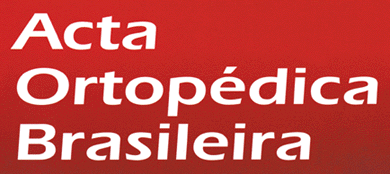Abstract
Rotator cuff injury is the most frequent etiology of shoulder pain, with 24% of these injuries involving the subscapular tendon.
Objective: To correlate the findings of three clinical tests (Gerber test, Belly Press test, and Bear Hug test) with Magnetic Resonance Imaging (MRI) and arthroscopic findings of subscapular lesions.
Methods: Prospective cross-sectional study, from November 2023 to March 2024, with 50 patients with rotator cuff injury, evaluating sensitivity, specificity, and accuracy among clinical tests, MRI, and arthroscopic findings.
Results: 50 patients formed the sample, with 29 (58%) men and 21 (42%) women aged 42 to 86 years. We found a specificity of 88% and an accuracy of 54% in MRI. Regarding the Gerber test, the Belly Press test, and the Bear Hug test, the sensitivity was 64%, 64%, and 76%, with specificity of 75% for the Gerber and Belly Press tests and accuracy of 74% for the Bear Hug test.
Conclusion: We concluded that the Bear Hug test showed higher sensitivity and accuracy in detecting subscapular tendon lesions, with MRI being the most specific method. Level of Evidence II; Prospective Study.
Keywords:
Rotator Cuff; Subscapularis; Arthroscopy; Rotator Cuff Injuries

 SUBSCAPULAR INJURY: PROSPECTIVE COMPARISON OF PHYSICAL EXAMINATION, MRI AND ARTHROSCOPY
SUBSCAPULAR INJURY: PROSPECTIVE COMPARISON OF PHYSICAL EXAMINATION, MRI AND ARTHROSCOPY